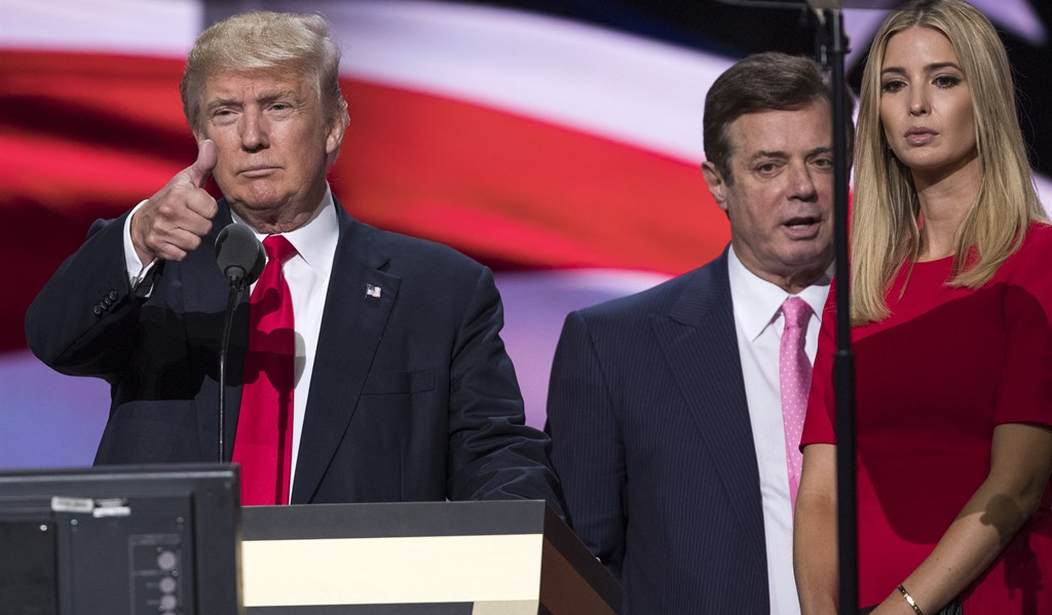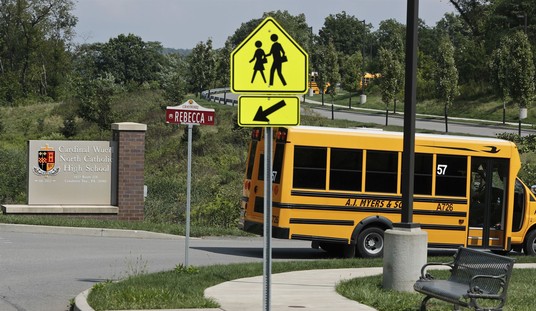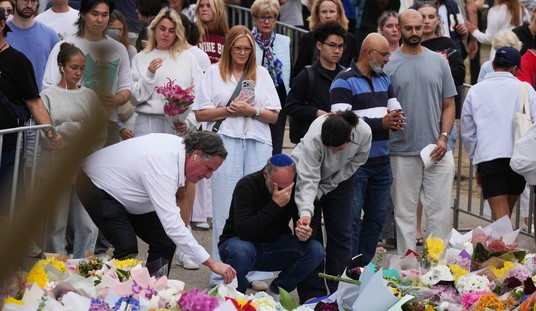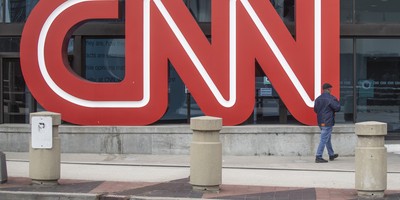There are 3,088 counties in America and only 206 of them voted for the winner in each of the last three presidential elections. In other words, these Pivot Counties voted twice for President Obama before switching sides to vote for President Trump in 2016.
The Pivot Counties had an outsized impact on the election results. Despite casting only 5 percent of the national vote total in 2016, they accounted for 51 percent of the popular vote shift toward Republicans.
Not surprisingly, just over half of the Pivot Counties are found in the Midwest. That includes 31 counties in Iowa, 22 in Wisconsin, 19 in Minnesota, 12 in Michigan, 12 in Illinois, nine in Ohio, and five in Indiana.
Nationally, President Obama won the popular vote by 6 percentage points in 2008 (52 to 46 percent) and by 4 percentage points in 2012 (51 to 47 percent). Hillary Clinton won the popular vote by only 2 percentage points in 2016 (48 to 46 percent).
In 2008, President Obama won the 206 Pivot Counties by 10 points, with a margin of 54 to 44 percent. In 2012, he won them by a slightly smaller margin of 53 to 46 percent. But the results in 2016 were dramatically different. Donald Trump carried them by 8 points, 51 to 43 percent. That reflects a net swing of 15 percentage points (from D+7 in 2012 to R+8 in 2016).
Because of their unique status and significant impact, these Pivot Counties are a good place to study the changing political landscape. I am thrilled to be working with Ballotpedia, the Encyclopedia of American Politics, to examine what these counties can teach us about the ever-shifting landscape of American politics. From now until Election 2018, we will regularly release new Pivot County data and analysis.
Recommended
Additionally, every morning at 8:00 a.m. Eastern, Ballotpedia will publish Scott Rasmussen's Number of the Day to explore the intersection of culture, politics, and technology.
A small number of these Pivot Counties (22) are true swing counties, voting for the winner in eight consecutive elections dating back to 1988. Two counties -- Vigo, Indiana and Valencia, New Mexico -- have gone with the winner in every election dating back to 1960!
But while some of the Pivot Counties consistently swing with the national mood, a larger number have a background that traditionally leans towards Democratic candidates. Most voted for the Democratic candidate during the Republican victories in 1988, 2000 and 2004. Only a few voted Republican during the Democratic victories in 1992 and 1996.
This suggests strongly that Donald Trump's ability to capture the allegiance of certain formerly Democratic voters was essential to his victory. As the next few years unfold, it will be interesting to see if President Trump can retain the support of these counties. It will also be fascinating to explore whether that support is unique to the president or if it is part of a broader shift to the Republican Party.
In any such evaluation, of course, it's essential to keep a proper perspective and remember that the political system is a lagging indicator of cultural trends. It's the culture and technology that lead the nation forward.
























Join the conversation as a VIP Member